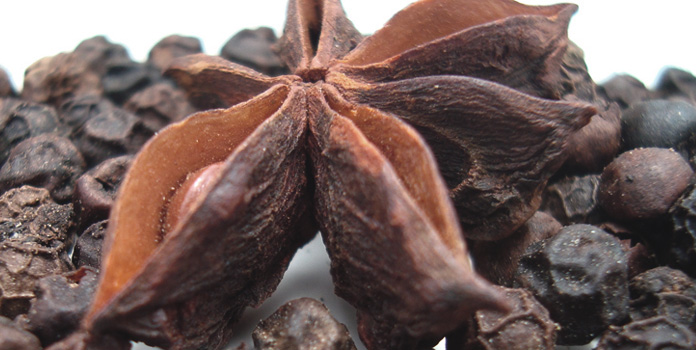Herbs A-B
Herbs C-D
Herbs E-M
Indian Name: Ashoka tree
Botanical Name: Saraca Indica
Other Names: Vanjulam, Gandhapushpa, Sorrowless tree.
Introduction
Saraca Indica belongs to the Caesalpiniaceae subfamily which again belongs to the legume family and is known as the sorrow-less or the Ashok tree in India. In the subcontinent of India and its adjacent regions this tree is important traditions and culture. In Taxonomy it is known as Saraca Indica (Fabaceae) and its botanical name alternately is Saraca Asoca.

Origin
The tree is a rain forest tree. In the Indian subcontinent’s coastal zone on the west, Western Ghat’s middle section and the Deccan Plateaus’ central area, the tree is distributed originally. Flowers are beautiful and have great fragrance. February to April is its season to flower and flowers come in lush and heavy bunches. Seeds numbering anywhere from four to eight in ellipsoid oblong shape are compressed inside the fruit which grows like a flat pod and is leathery. In the Lushai, Khasi and Garo hills and in the eastern region of the Himalayas it grows up to an altitude of 750 m.
It is an evergreen tree and does not grow very big. Leaves are sub coriaceus rigidly and with around six to twelve leaflets the leaves are paripinnated. Flowers are yellowish orange and orange in colour, have great fragrance in axillary corymbs that are dense and turn to vermillion colour. Before wilting the flowers turn red. The species is a vulnerable variety and is termed as a wild tree. In its natural habitat it is become a bit rare. A number of varieties of the Ashoka tree are found and the columnar variety is grown commonly.
Uses
The tree is popular for its medicinal properties. Tissues of the ovary and the endometrium are stimulated by this tree’s extract. Bark of the tree is used to make the medicine which is also useful where there are indication of ergot and bleeding in the uterine region. In menorrhagia which is caused due to the bleeding in the uterine region, internal bleeding and leucorrhe, it proves to be very useful.
Compounds of organic calcium, tannin, sterol and catechol are contained in the bark. Glycoside which is soluble in water, haematoxylene and tannin is contained in its methanol fraction. It is associated with the beings of Yakshi mythology, closely. In Jainism it is regarded with veneration and in Hinduism it is a sacred tree.
Statements on this website is collected from online and offline references, they are an effective way of learning and sharing. With this knowledge, we can take control of our own health. These statements have not been evaluated by the FDA. Products and techniques mentioned here are not intended to diagnose, treat, cure or prevent any disease. However, when you give the body what it needs then the body can heal itself as God intended it to. We are bulk suppliers/Exporters of herbs, and raw materials this website is intend to provide option for various herbs buyers/importers/our customers, buy small Qty swiftly and pay for the product and shipping.